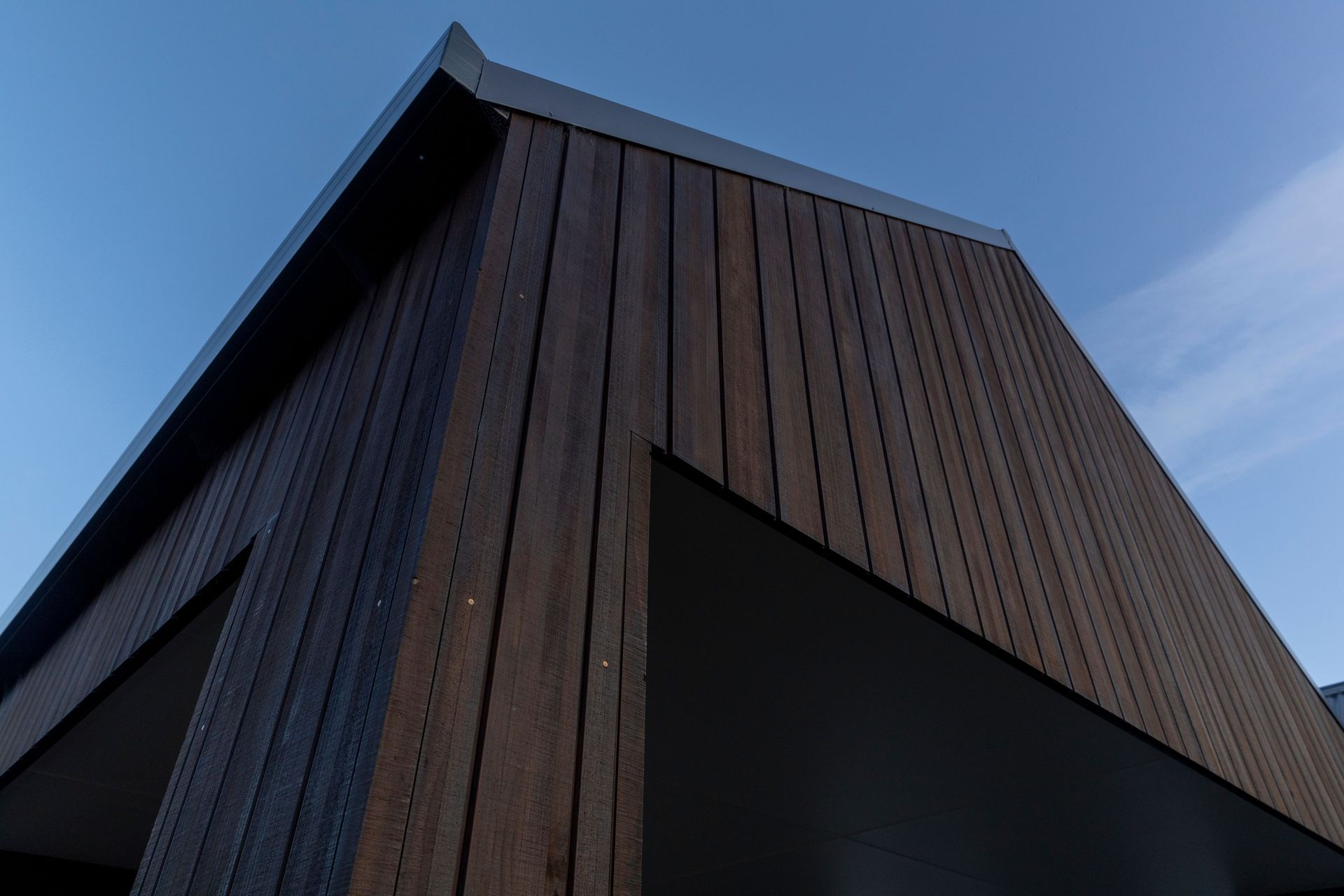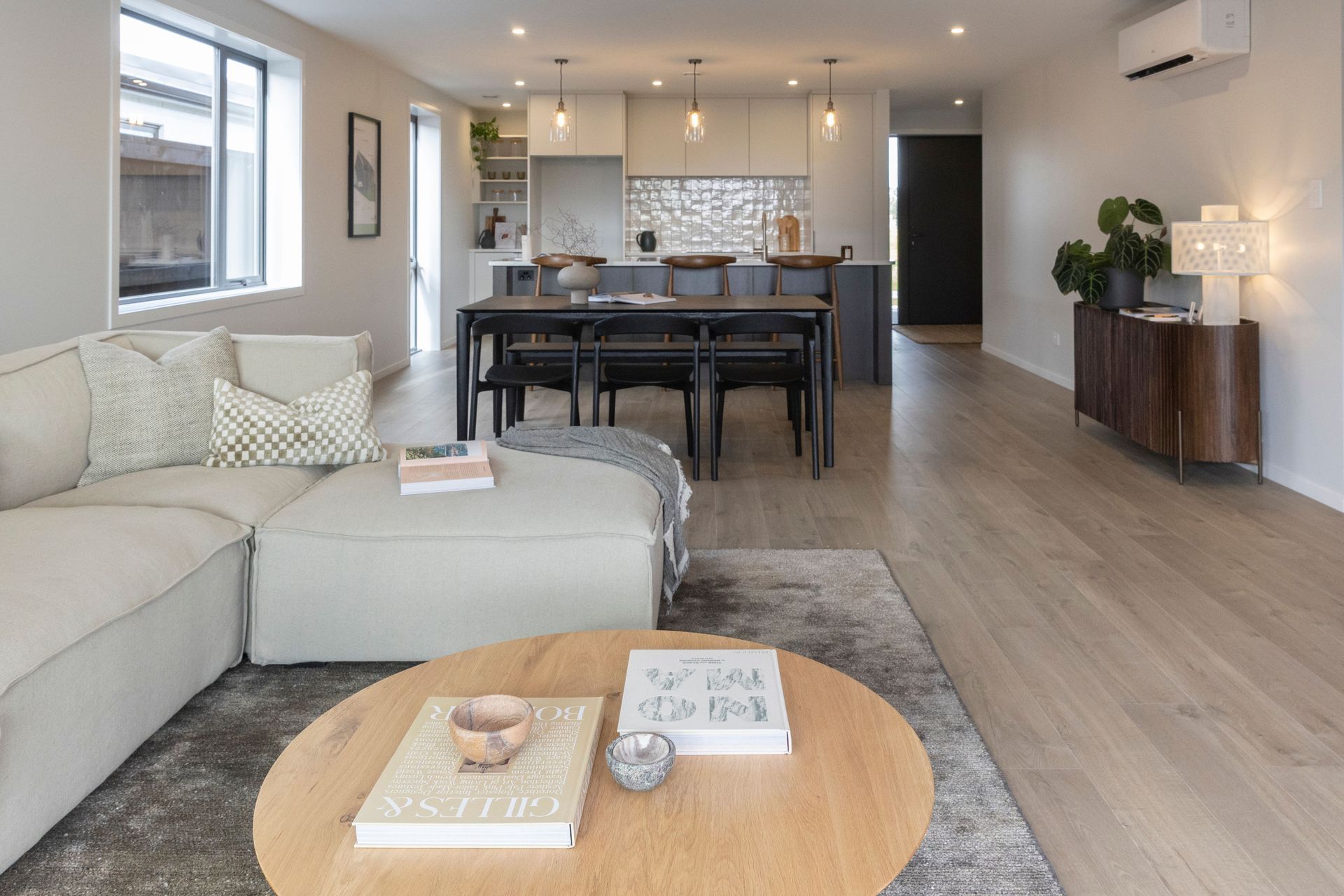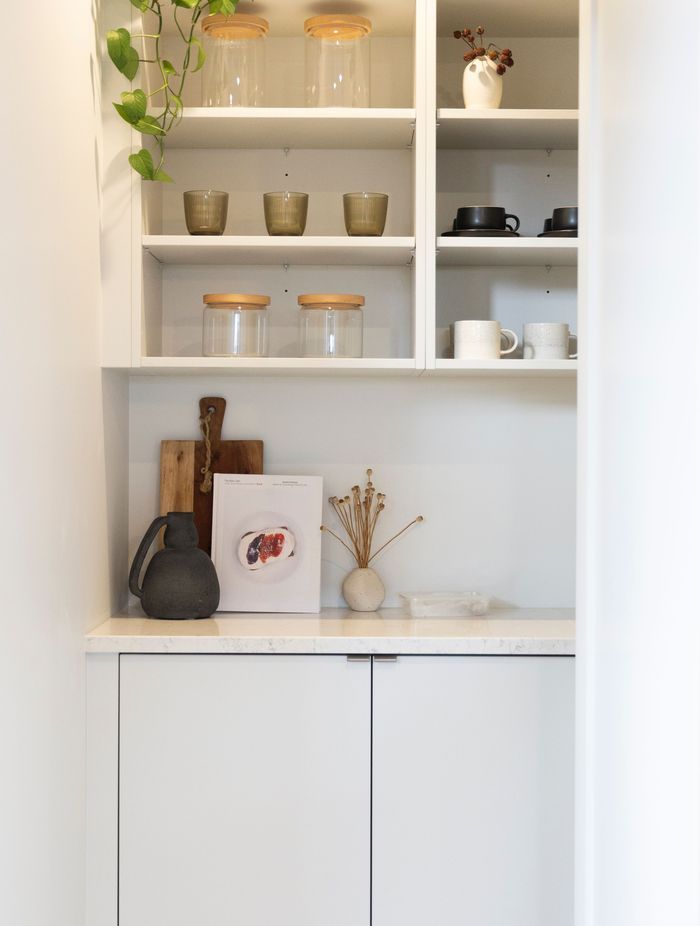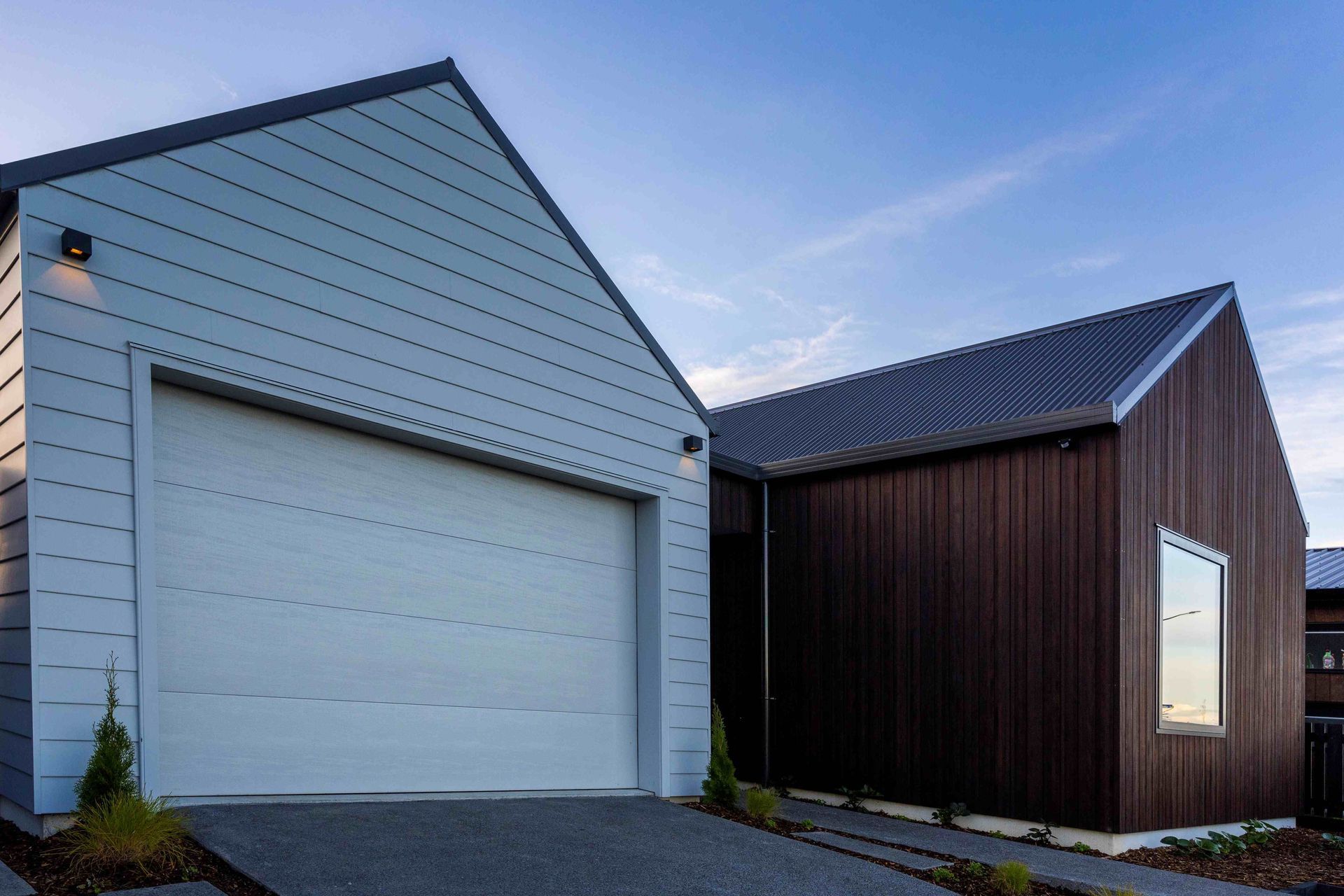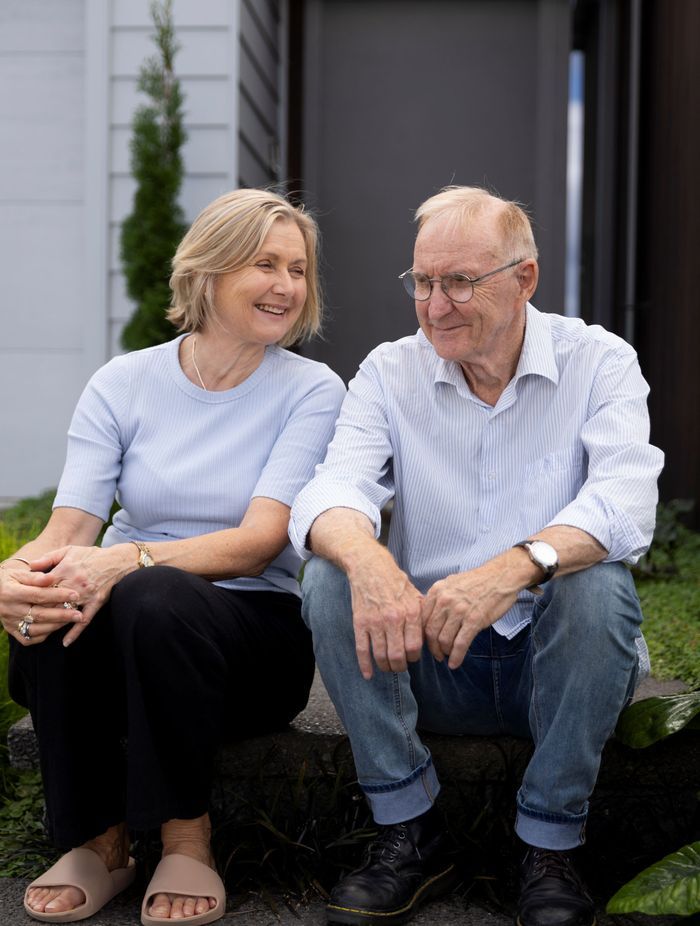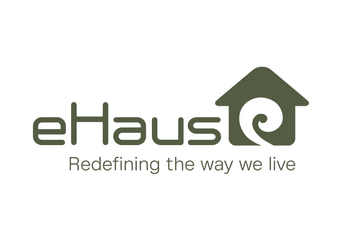Waikato budget expert withdraws KiwiSaver early to buy eHaus - no regrets
With her health declining, Waikato woman Clare Mataira made a big call - to pull all her savings out of KiwiSaver before reaching retirement age, and to use the money to buy a super energy-efficient, warm and dry home.
A year and a half on from buying an eHaus, a former showhome in Greenhill Park, Hamilton, she has no regrets. The house she and partner Peter Dornauf had been living in was “old and cold”, a 1940s bungalow, and Mataira’s rheumatologist advised that it was making her rheumatoid arthritis worse.
“It was fine when I was 20 years younger, when I was out at work most of the day,” Mataira, now 64, says. “You come home, heat the room, do what you need to do and you go to bed.”
But with her other health conditions also worsening - she has type 1 diabetes and the auto-immune condition Crohn’s disease - she was becoming miserable in the house, even though they had insulated the ceiling and underfloor, and put in double glazing.
The three-bedroom house is a similar size, or slightly bigger than their previous 80-year-old property, but performs to a much higher standard.
“The cold is the worst thing for arthritis,” Mataira says. “One of the rooms, the second bedroom on the south side, gave me a headache, I couldn’t go in there.”
After 18 years in the house, it was not an easy decision. “It was a bit sad because we’d built up the garden and planted fruit trees. It was a wrench, for my partner, more so than me.”
But she says the new high-performing home has taken away stresses.
“I don’t have to be covered up in three or four layers,” she says. “When I go outside I realise I’m not dressed for it. I have to come back in and put more clothes on. It’s easy to look after. I’m a bit more relaxed. You get a bit tense when you know you’re going to get uncomfortable.”
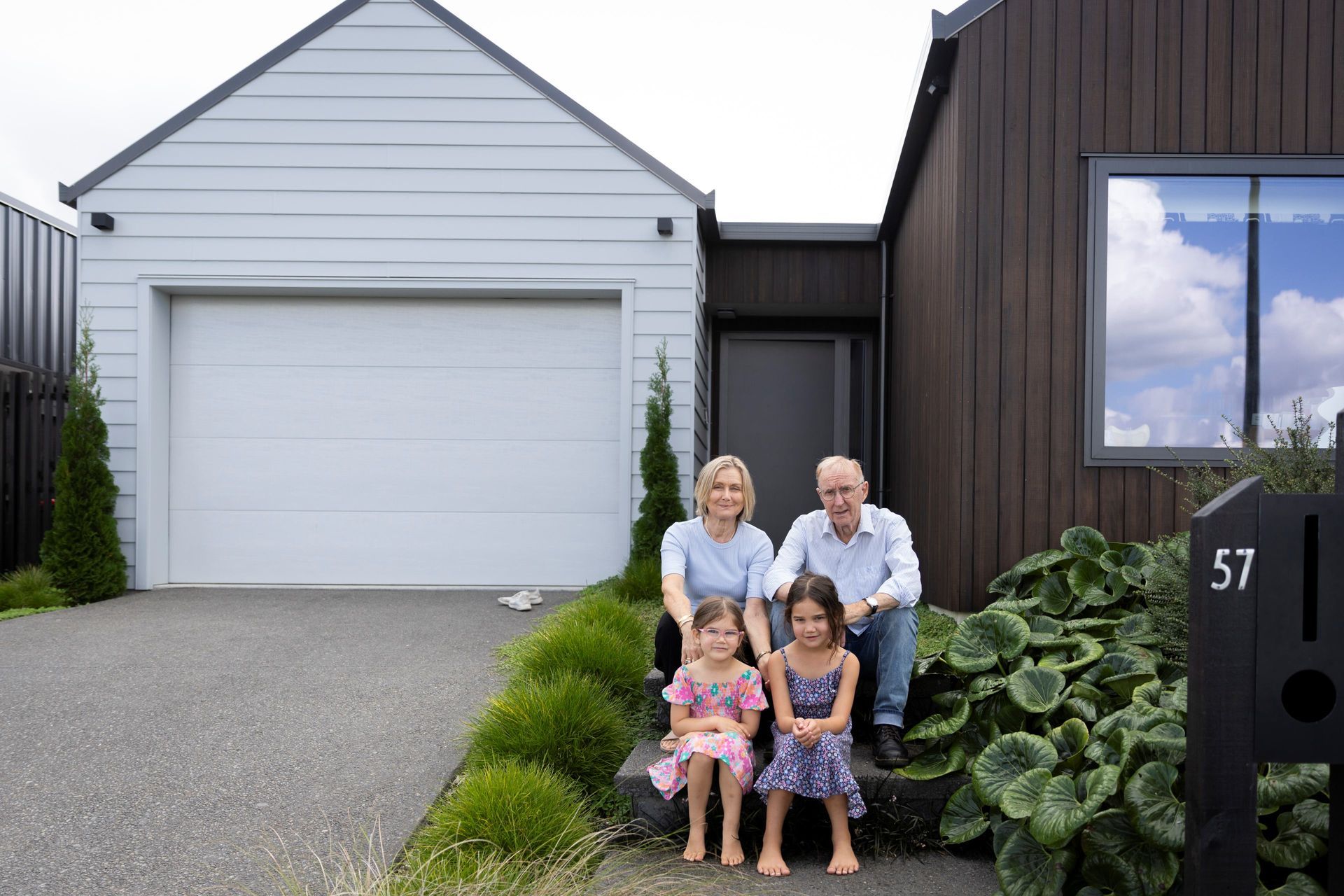
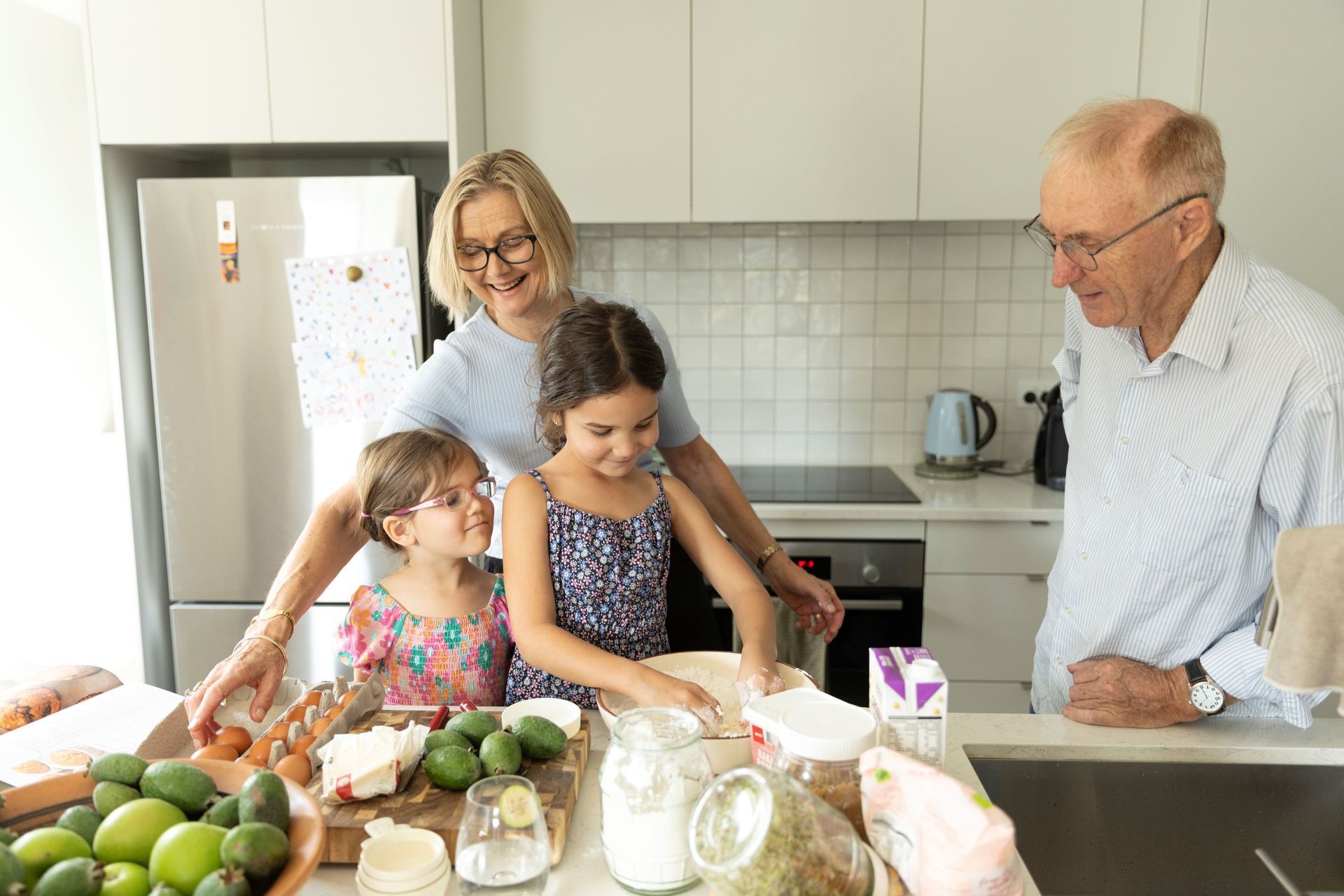
Power savings a bonus
They now have a comfortable 20-degree temperature indoors year-round. Despite this - and thanks also to the solar array on the roof - they have no power bills.
In their old home, their bills were “$400 at least” a month, Mataira says, “and there’s only the two of us”.
She also likes the fact there are no insects inside the home, which is close to airtight, with mechanical heat recovery ventilation. “That’s one of the most wonderful things, no mosquitoes, spiders, flies, cockroaches - I used to get cockroaches for Africa.”
Big call to use KiwiSaver
The former budgeting service manager knows it’s a big call to use her KiwiSaver for a new higher-spec home. Estimates are that super energy-efficient homes such as those built by her building company, eHaus Waikato, cost about 10% more than a similar-sized Building Code-minimum new build.
“But I needed to make a call. I could hold off and be really, really unwell. We decided to make life a bit more enjoyable for whatever time I have left,” Mataira says.
In her work, she had helped other people get their KiwiSaver out - usually because of significant financial hardship.
Other allowable reasons for withdrawing KiwiSaver before age 65 include buying a first home, moving overseas permanently (other than to Australia), and serious illness. In Mataira’s case, with a supporting letter from her specialist, the process was straightforward and took only a few days.
Mataira says she would recommend others consider investing in a home built to passive principles, and not only people with serious health conditions.
“It wasn’t just a physical thing, it was a psychological thing as well,” she says. “For me, my home is really, really important, and especially after giving up work, when you spend so much time there.”
Features of this eHaus Pacific home
- SIPS exterior framing with timber trusses (faster construction, better airtightness);
- Maxraft thermally insulated foundations;
- Made airtight with SIGA membranes - achieved airtightness of under 0.6 ach @ 50Pa;
- Mechanical Heat Recovery Ventilation (MHRV) removing 98% of pollutants and providing fresh, filtered air 24/7;
- Double-glazed, thermally broken aluminium joinery;
- R4.8 wall insulation (Code is R2.2), R8.4 ceiling insulation (Code is R6.6);
- Clad in Abodo thermally modified pine and Weathertex Weatherboard - sustainable and environmentally friendly options;
- Electrical appliances include an energy efficient hot water heat pump and induction cooktop, as well as electric car charging, all run off a 6kW solar PV system.
